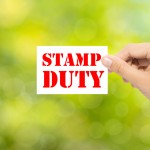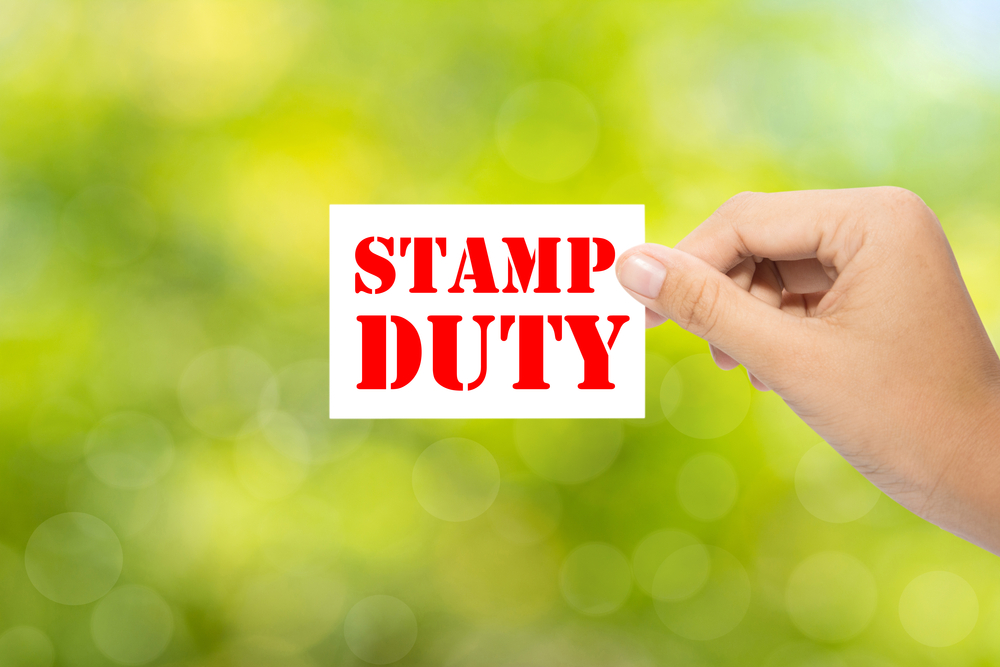New research has found that the recent changes to stamp duty announced by the Chancellor in the Autumn Statement could cost landlords up to 14 months of income. The new rate will put pressure on yields for landlords, unless they account for increased costs when buying, according to Countrywide. The estate agent said a 3% […]
 New research has found that the recent changes to stamp duty announced by the Chancellor in the Autumn Statement could cost landlords up to 14 months of income.
New research has found that the recent changes to stamp duty announced by the Chancellor in the Autumn Statement could cost landlords up to 14 months of income.
The new rate will put pressure on yields for landlords, unless they account for increased costs when buying, according to Countrywide.
The estate agent said a 3% rise in stamp duty would mean a reduction in gross yield of 0.2% or 11 months income for the average landlord, taking into account borrowing costs.
Landlords in the South West and North East of England will be the biggest hit, as the extra tax burden is equivalent to 14 months and 12 months of income, respectively.
Those in the North West will be the best off, losing eight months of income, while those in London and the South East will lose 11 months of income each.
Landlords in in London, the South and East of England will see the biggest cash increase in stamp duty of £6,000 on average.
However, high expectations of future house price growth will likely mitigate some of the impact of the tax increase if prices grow at the same rate as the last five years.
Countrywide said the growing imbalance between supply and demand will continue to support rent increases in future months as tenants compete for fewer homes.
Johnny Morris, research director at Countrywide, said the stamp duty increase will impact landlords’ purchasing power, with those entering the market facing a choice between making a lower offer when buying or having to cover the additional costs themselves, impacting yields.
Morris said: “Most landlords view property as a long term investment, on average holding a property for 17 years and larger investors will be exempt from the higher stamp duty rate. This means over the long term the private rented sector will continue to grow, but there’s likely to be a few lumps and bumps along the way as landlords get to grips with and adapt to the changing environment.
“It’s unlikely the change to stamp duty will see an immediate impact on rents, Landlords are rarely able to pass on increasing costs to tenants, as rental prices are set by market forces. But if less landlords choose to invest in the sector in the short term, a fall in homes available to rent could put pressure on prices.”
The Chancellor announced an additional 3% on the stamp duty rate for landlords and second home owners in the Autumn Statement as part of the government’s efforts to dampen the buy-to-let market.
The Bank of England has previously expressed fears that the buy-to-let market was a potential threat to the UK’s economic recovery.
There have been concerns that buy-to-let borrowers could be exposed following a downturn, which could hit the wider housing market and economy.
The attack on buy-to-let began in July when Osborne announced plans to limit tax exemptions for landlords in the Summer Budget to the basic rate of tax, which is 20%.















Osborne will have his politica; “cake” and eat it (the tax raised) as well. Landlords take the flack and have to and are aining rents. As ever, it”s the customer that pays.